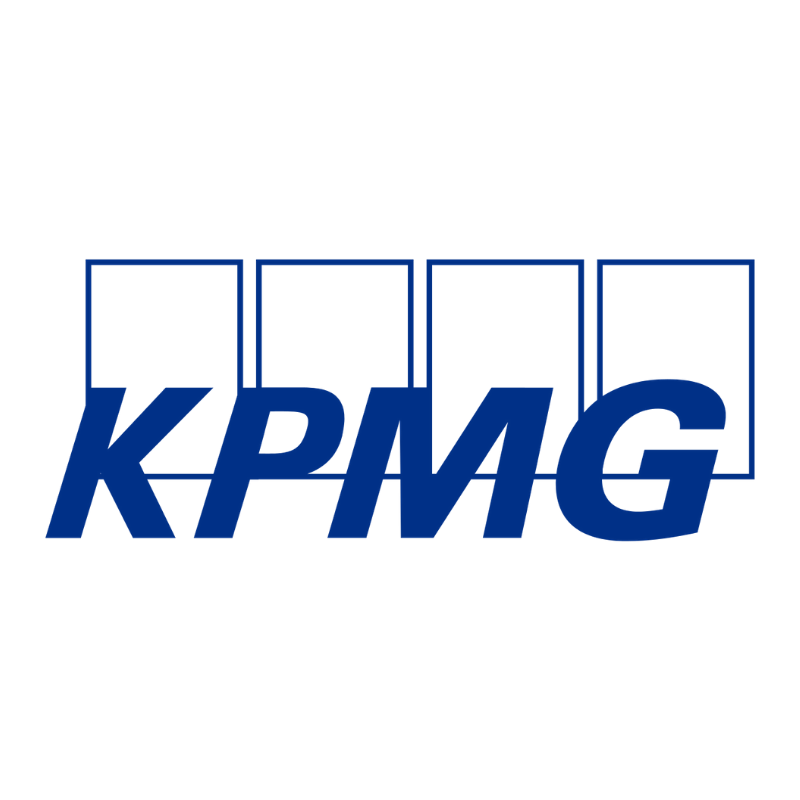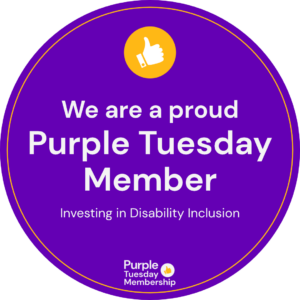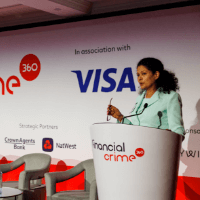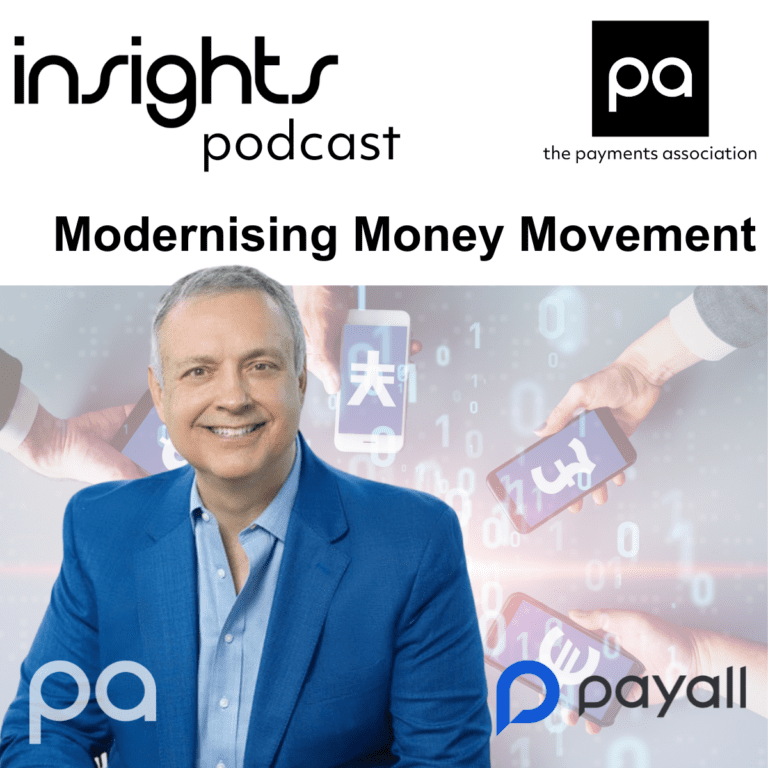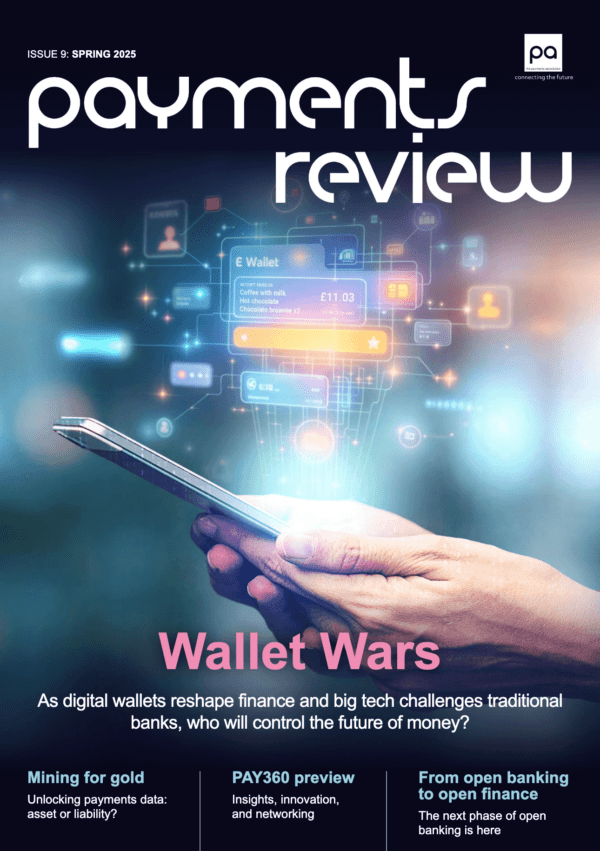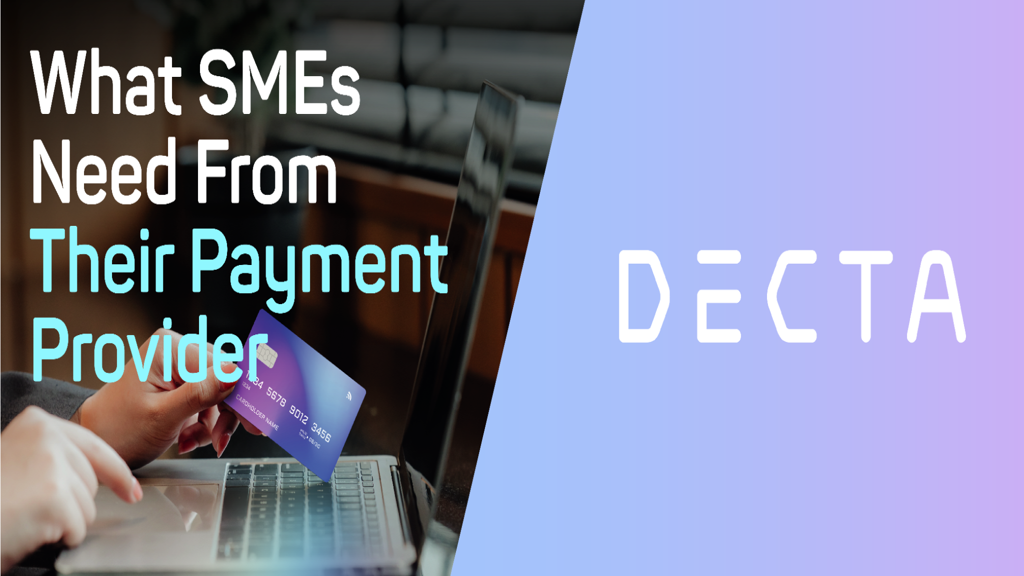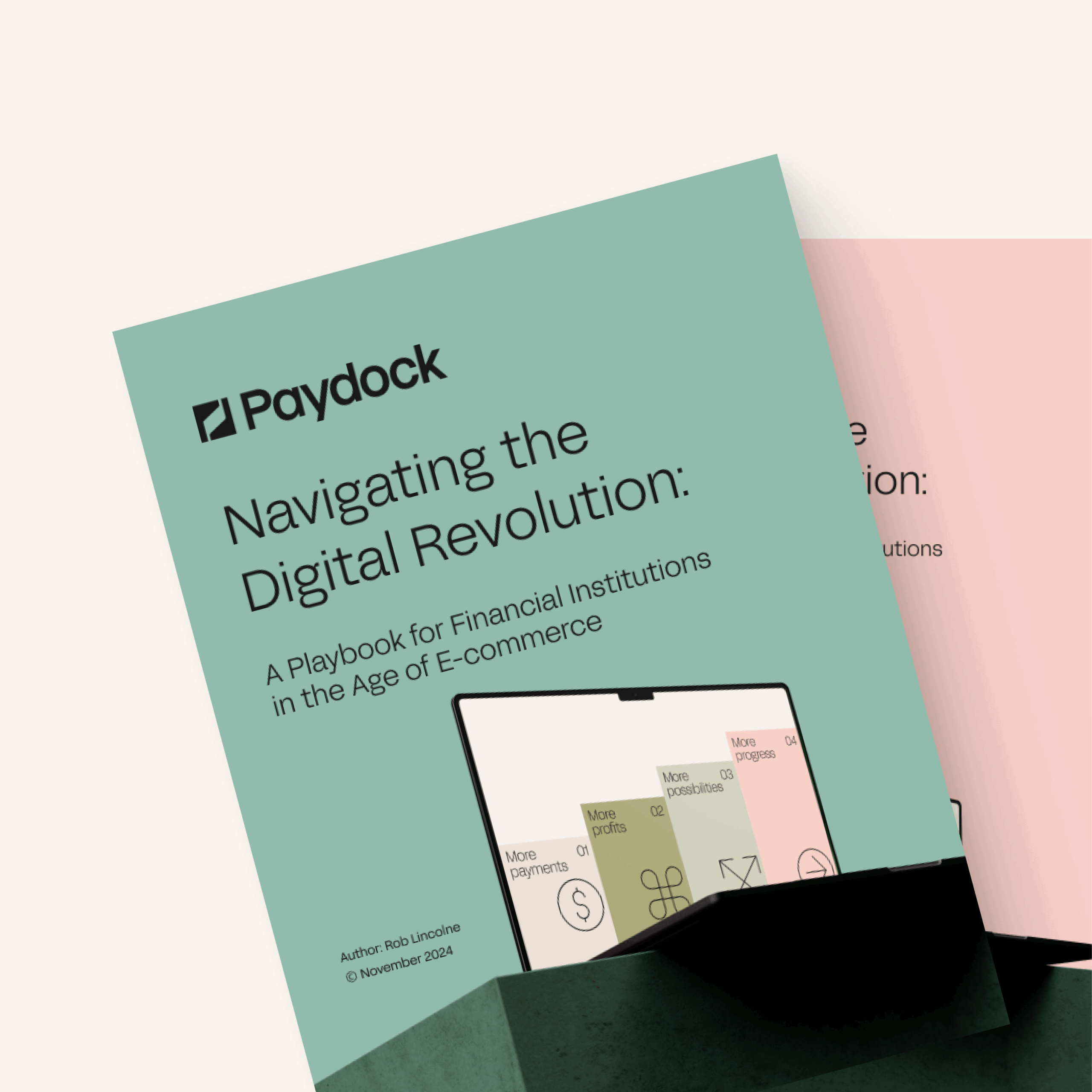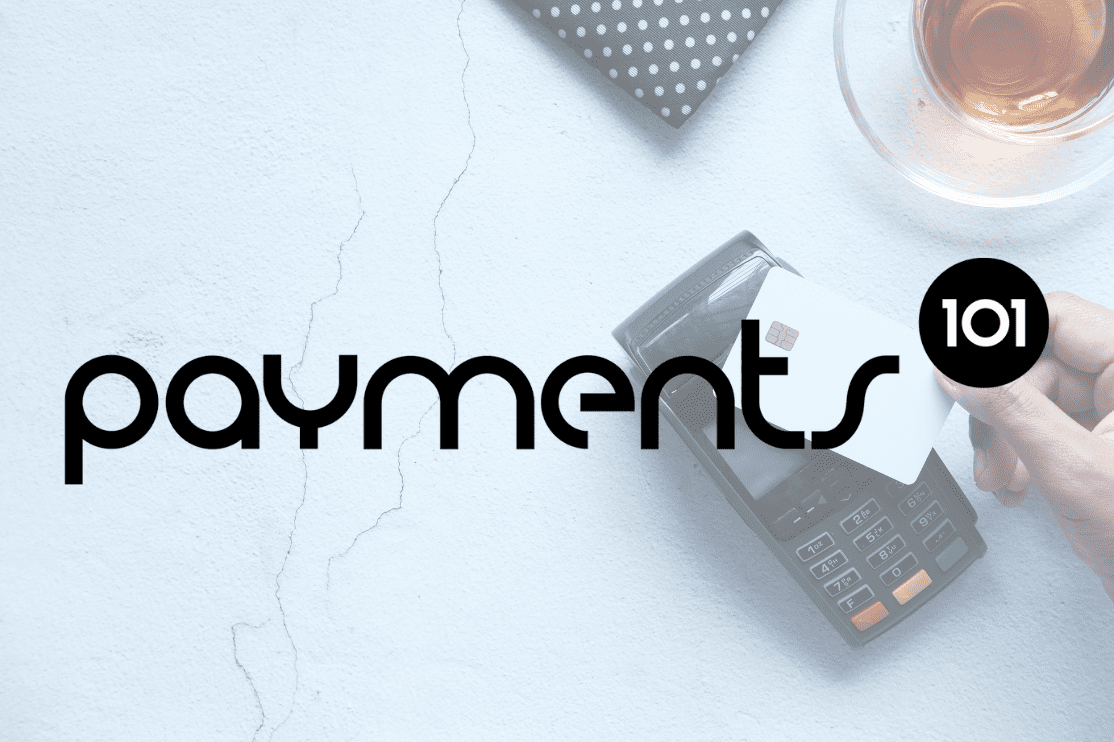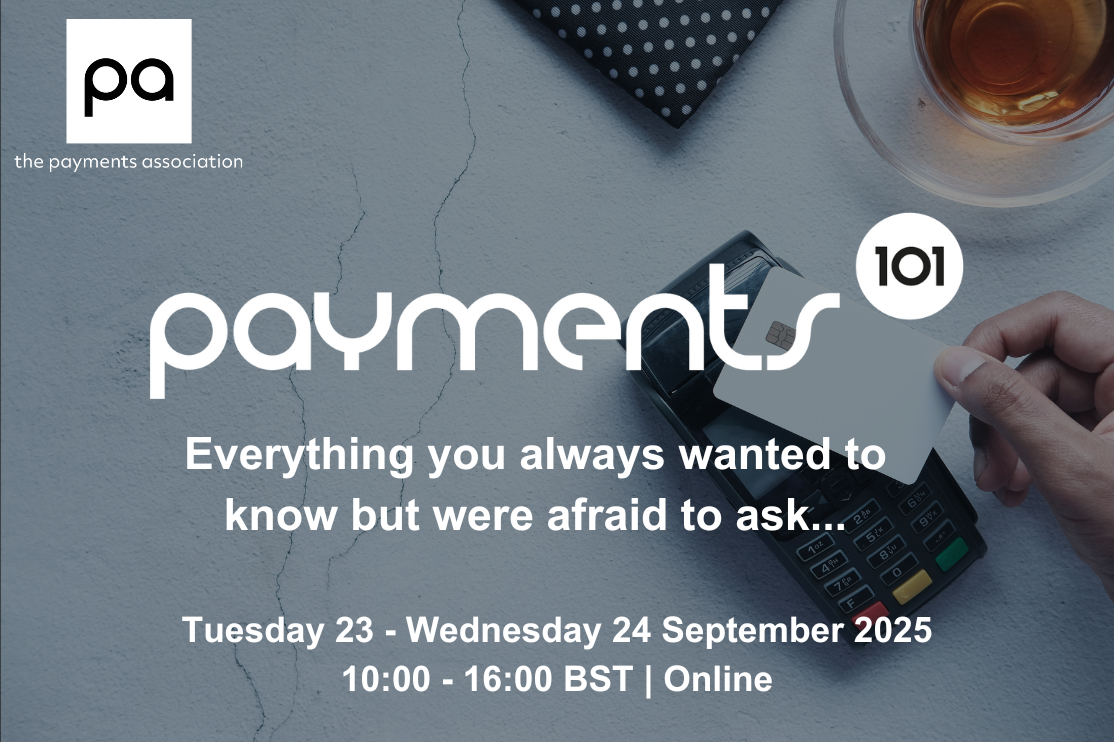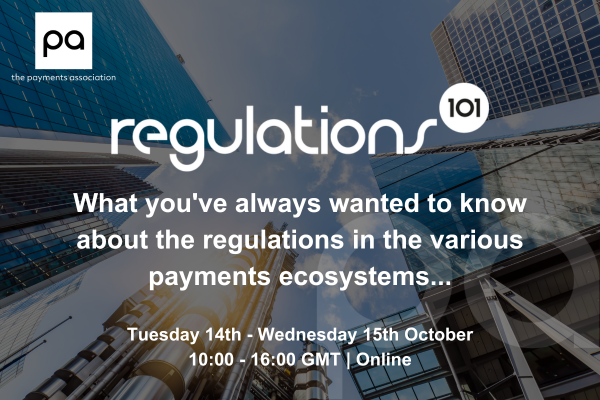Open Banking is 5 years old and has undoubtedly been a success so far. 6.5 million users, 7.5 million payments in total, and 1 billion API calls per month all demonstrate this is a service that has gone beyond the incubation stage, to one that is nearing decent adoption.
In parallel, we have seen a new ecosystem born and begin to flourish. The major UK banks have all enabled API access and 246 third party providers have registered with the FCA. That’s a lot of companies driving user adoption, refining customer experience, and launching innovative propositions. So far so good.
But what’s next for Open Banking? What is the next big nut it needs to crack? We believe it’s point of sale. The ability to use Open Banking to pay for our groceries instore as easily and securely as we can using our card. It is possible, but there are a number of issues to overcome.
Making the shift from card to Open Banking instore

